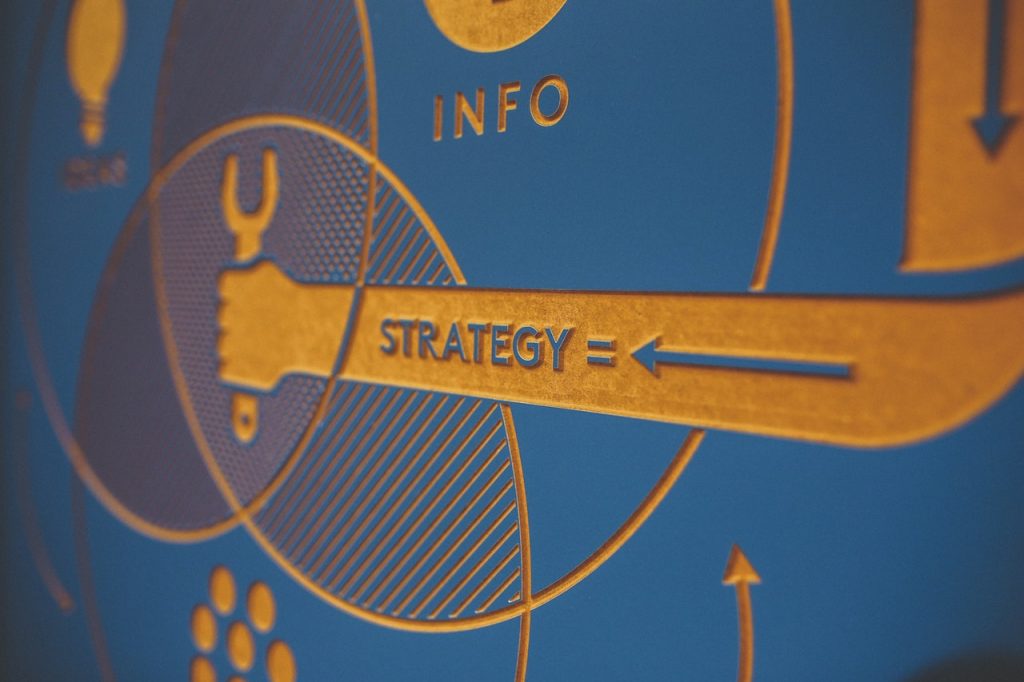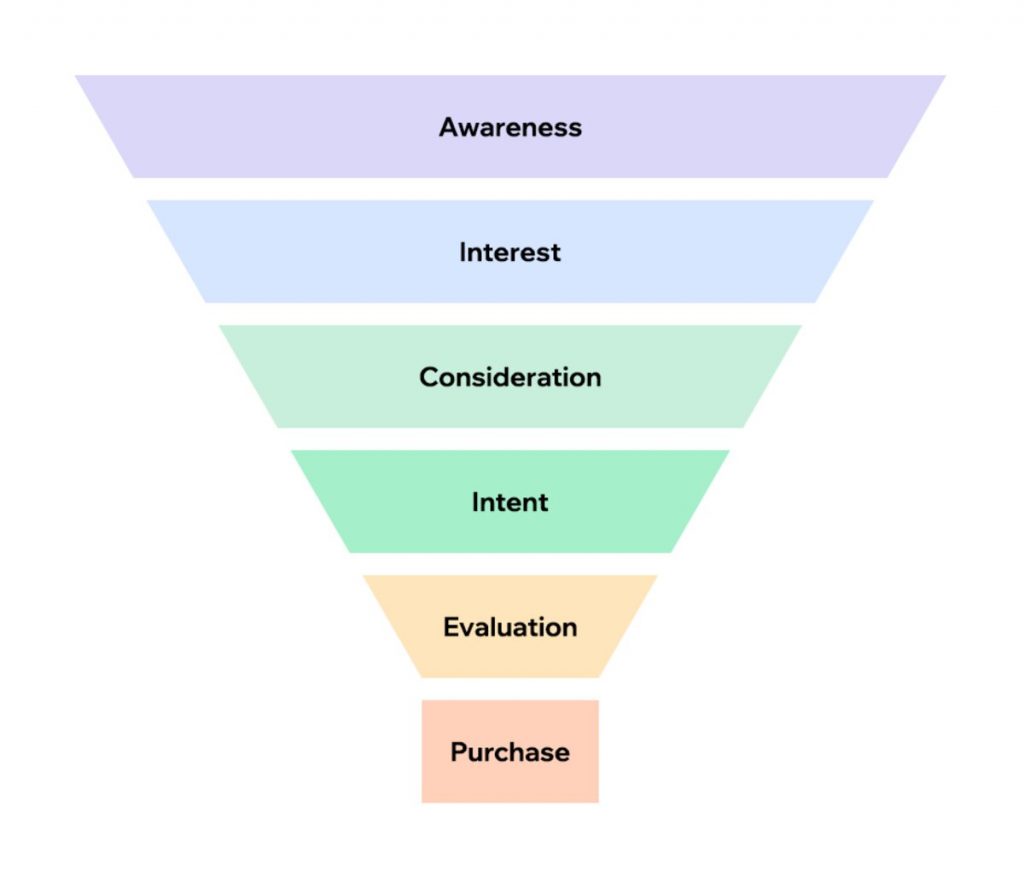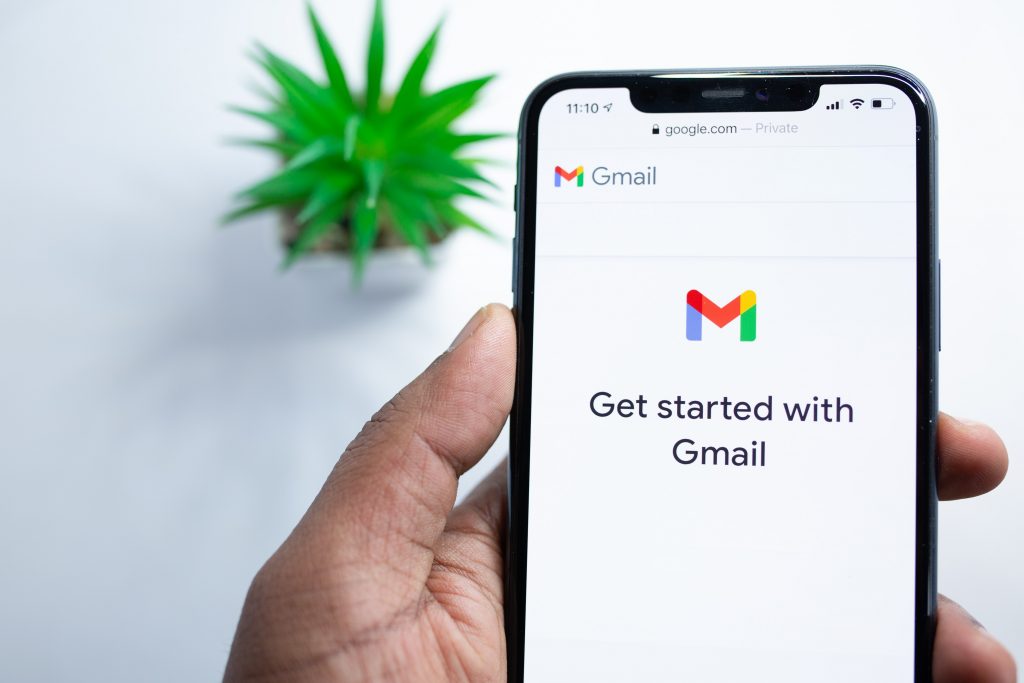
What is eCommerce marketing?
With the prospect of WFH still around, we’re all more familiar with eCommerce. This means we’ve been looking at different kinds of eCommerce marketing. However, it’s essential to understand how to properly market an eCommerce store.
eCommerce Business Models
Along with different eCommerce options, specific business models are found within the realm of eCommerce. These include Business to Consumer (B2C), Business to Business (B2B), Consumer to Consumer (C2C), Consumer to Business (C2B).
B2C refers to an online retail model, where a business sells directly to users. B2B refers to a company that sells to other companies, including popular software as a service (Saas) or bulk selling.
C2C would refer to transactions on a platform such as Gumtree or Facebook Marketplace. It involves consumers selling pre-owned goods to one another. Finally, C2B refers to a consumer adding value to a business, including freelancers and independent contractors.

Why do we need to recognize these models?
It’s essential to understand which kind of business you’re operating. These are all distinct business models, and as such, require a unique advertising style to capture the appropriate audience.
For example, a B2C approach will not work for a B2B business. It’s vital to understand your business model and target audience.
We’re going to learn more about what eCommerce marketing is, and you should note how you think different marketing strategies can work for different stages of the customer journey.
What is eCommerce marketing?
eCommerce marketing seeks to encourage revenue for your eCommerce business by creating awareness about your store, driving in visitors and converting these visitors into buyers.
The core of eCommerce marketing is about planning a successful strategy to achieve your business goals. It’s often wise to use multiple marketing channels to accomplish this.
We’ve got a simple guide to starting an eCommerce marketing plan for beginners. These steps do not include everything you need to know but represent a quick overview of key actions you could take if you’re new to eCommerce.

Basic eCommerce Marketing Plan
- Create clear objectives for your store: This includes goal-setting, reviewing industry benchmarks and reviewing your current performance, as well as your budget scheme.
- Analyse your target market and competitors: Who are your ideal customers, and what are their characteristics, demographic data and interests? Collect as much information as possible to create a customer persona – this can help create a conversion funnel that works for you. Keep up with what your competition is doing and how their audience is responding. This thought could give you some new ideas.
- Determine the best marketing strategy: What action can you take that will help you achieve your objectives? Which marketing channels should you use, and how often will you post on social media? Which stages are part of your conversion funnel?
- Decide on Applications/Systems for your business: Which software or website will you use to assist your marketing activities? Will you sign up for Shopify or use ShoppingFeeder to help you reconfigure your inventory? You’ll need to decide the marketing channels you desire, as well as resources and applications that can help with automation and content management.
The Marketing Funnel
Once you’ve gotten your basic marketing plan ready, you will need to devise a profitable marketing funnel for the traffic your store will receive, as well as any other leads from other platforms.
You need a funnel because it’s unlikely that customers will purchase after just one interaction with your brand, unfortunately. A primary funnel includes:
- The Awareness Stage – How you’ll get your name out to your target audience.
- The Interest Stage – Assessing and utilizing customer interest in your eCommerce store.
- The Purchase Stage – Customers are convinced to purchase from your store.
- The Repeat Purchase Stage – Retaining loyal/repeat customers and offering up information to inspire repeat action.
You’ll probably use different marketing strategies for every stage of your funnel, as these represent other groups of people. Bear these stages in mind, and you might realize which method can work for each one.

Types of eCommerce Marketing
Now that we’ve mentioned a few critical steps in planning an eCommerce marketing plan, we’ll share some examples of what commerce marketing strategies can include.
SEO
Search Engine Optimization (SEO) involves improving your ranking on search engine results pages – ie. getting to page 1 on Google. There are a few ways you can do this, including making changes for mobile-friendly viewing, page load time optimization, SEO auditing, keyword research, technical SEO error fixing and setting up with Google Search Console. SEO is vital for improving traffic.
Content and Email
Content Marketing includes product pages, blogs and other high-quality media such as videos and podcasts that help you tell a story about your brand.
Email Marketing is a great way to increase your conversion rates. It involves encouraging your customers to become subscribers to your website, where you can market personalized promotions and offer up updates about your eCommerce store. You can intelligently do this by enticing sign-ups by offering downloadable content or discounts.

Social Media and Influencer Marketing
Social Media Marketing is great for eCommerce, as often ads do not always appear intrusive, and their content can appear just like regular users’ posts. This strategy makes it ideal for engagement and story-telling. It’s also an excellent space for promoting awareness for your conversion funnel.
Influencer Marketing is a process that often involves social media influencers to promote your product – this is successful because people trust other people who are experts in their industry. You should set up a fair contract that lets you review content before it goes live – and the performance of their content is monitored.

Paid Marketing
Paid Advertising involves spending money on ads, such as search ads, social media ads, and native ads that target a specific customer journey/funnel stage. Some places to consider paying for ads include search ads on Google as well as on Facebook and LinkedIn.
Multichannel Marketing
Multichannel marketing involves selling on various platforms simultaneously. It can be a great way to increase traffic to your store because you’re making yourself available at different entry points, which can attract specific customers at each channel. Multichannel marketing is excellent for giving customers a choice around purchasing from your store.
Conclusion
In conclusion, it’s clear that there is a whole world of choice for eCommerce marketing.
Many of these methods may seem complex, but the good news is that it’s easy to synchronize different approaches when you’re looking for a new strategy for your eCommerce store.





